Portugal is one of Europe’s major tourist destinations. Thus much of it gets incredibly crowded, especially during the summer. While everyone’s thronging the coast, some places in Portugal remain unknown. Alentejo, a region in the country’s south-central part, is one of these areas. The town of Campo Maior and its surroundings are often overlooked by tourists. It’s a lovely place though, with rich, fascinating history, beautiful nature and incredibly delicious coffee. If you’re wondering where to head for holidays this year, it’s an option you should consider. Instead of visiting the places everyone goes to, you’ll have a chance to explore something different and unique, to see the authentic side of Portugal and soak up in its great atmosphere. Below you’ll find some information about the region, its attractions, history, traditions and tourist amenities.
Table of Contents
Campo Maior
Small but charming, Campo Maior is worth-visiting for these reasons: its history, coffee and the enchanting Festival of Flowers.
History
First of all, the history of Campo Maior reaches back to the ancient times. It was a Roman settling conquered by Christian knights in the 13th century. The first fortifications were built at the beginning of 14th century. The castle was then rebuilt in the 16th century and played a major role in following years. In 1732 a big part of the settlement was destroyed by a major explosion when during a terrible thunderstorm, lightning struck into an ammunition storage in the castle tower. The town was reconstructed, but many people lost their lives. There’s a chapel in Campo Maior dedicated to the memory of the victims. In addition to the ruins and the chapel, Campo Maior also has lots of interesting museums. In Museu Aberto you can learn about the local history (opening hours: from Tuesday till Thursday 10:00-12:00 and 14:00-17:00, on Saturday and Sunday 14:00-17:00). Casa Museu Santa Beatriz da Silva is a birthplace of saint Beatriz da Silva who set the monastic Order of the Immaculate Conception of Our Lady (Tuesday till Friday 10:00-12:00 and 14:00-17:00, Saturday and Sunday 14:00-17:00). Museu de Arte Sacra has a collection of artifacts found in various churches that once stood in Campo Maior (Tuesday till Friday 14:00-16:00, Saturday and Sunday 10:00-12:00).
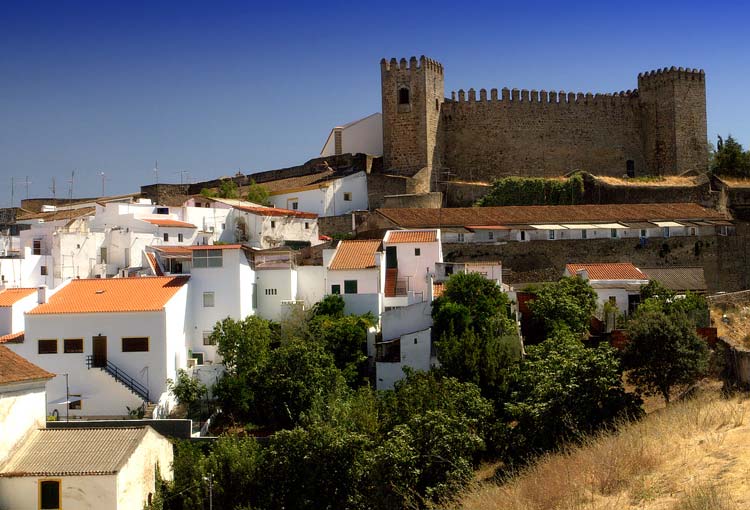
Coffee
Campo Maior was the birthplace of Rui Nabeiro, a founder of the famous Delta Cafe. He loves coffee so much he has opened an educational center focusing on this subject – Centro ciência do Café (Tuesday till Friday 10:00-17:00, Saturday and Sunday 10:00-14:00). In case you want to try some other drinks as well, visit Adega Mayor and have a taste of local wines.
The Festival of Flowers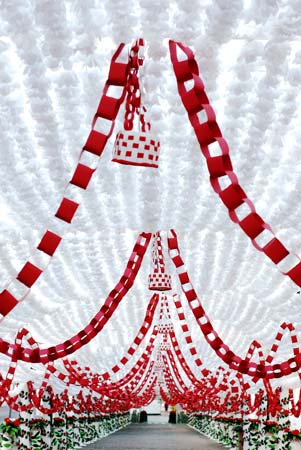
Every four years Campo Maior turns into a large, beautiful garden. It’s not a usual garden though. In the beginning, locals used various materials and real flowers to decorate the city, but now they mostly prepare decorations out of paper. They work for months and use tons of paper to make their lovely flowers which they, later on, used to adorn the streets and houses. Each street has its own, secret theme that can’t be revealed until the first day of the festival. Because the creative work of locals is the base of the festival, it’s now also called the Festival of People. The next event will be held in August 2015 and last from 22th until 30th.
Nearby Towns
If you visit Campo Maior, you should also look at its surroundings. There are many interesting towns and villages in the area. Because the town is so close to Spain, some of them are situated in across the border.
Ouguela
The city of Ouguela belongs to the municipality of Campo Maior. That’s where the region’s oldest fortifications are located. Unlike many other towns in the area, Ouguela didn’t suffer any major destruction. The city walls, governor’s house, and many different buildings have been there since 12th century.
Elvas
Elvas is another piece of paradise for history-lovers. It’s a World Heritage Site – not without reason. The city’s fortifications are amongst the best preserved in the world. After 16th century they were the most important defense structure in the region. Even lord Wellington used one of them while he was planning battles against French Army in France. Elvas also has lots of beautiful churches and an aqueduct that, despite its old age, it’s still doing fine and providing water for the city’s fountains. To learn more about its past, visit one of the museums: Museu Militar forte de Santa Luzia (military museum), Museu Militar de Elvas (military barracks with exhibitions) or Museu Municipal da Fotografia joão carpinteiro (displaying old photographs). After this elaborate history lesson, you might feel like to go back to the present time. That’s the right moment to pay a visit in the Museu de Arte contemporânea (Contemporary Art Museum).
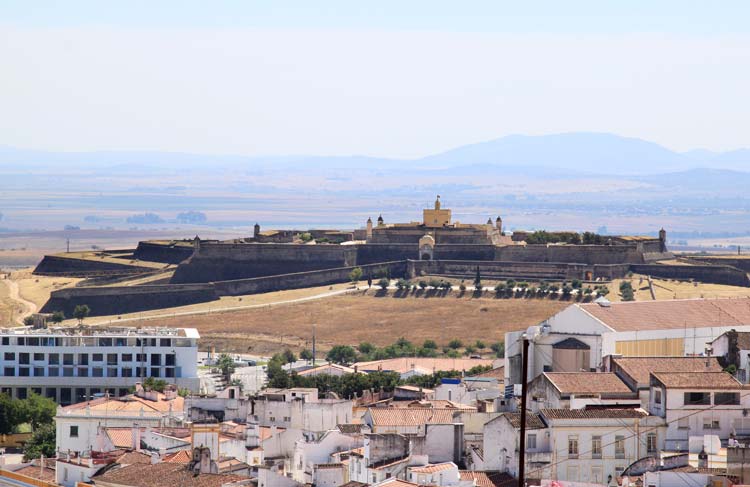
Badajoz (Spain)
One of Spain’s largest cities, Badajoz is rather modern and industrial. Nevertheless, the city’s interesting for other reasons. Spectacular carnivals are being held there annually, and they’re such a significant part of the culture that there’s even the Museo del Carnaval de Badajoz (Museum of the Badajoz Carnival). With its boutiques and stores, Badajoz is a great place for shopping. Squares are dotted with cozy cafés, so once your bags are full of new, lovely things, you can sit down for a while, enjoy the sun and sip a yummy coffee.
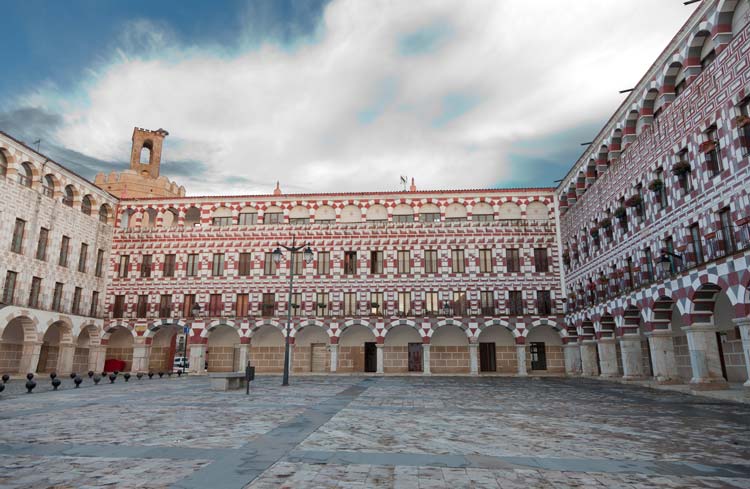
Activities for outdoor enthusiasts
Campo Maior isn’t a destination for history lovers and coffee addicts exclusively; it’s also a perfect place for bikers, strollers, cyclists and other outdoor enthusiasts. You can grab a bike or a pair of good shoes and go exploring. As you move around the area, you’ll come across many traditional villages out of which each one has its own, unique character. Arronches has a lovely wood and toy museum. In Monforte, you can see Roman ruins. In Alter do Chão there’s a horse stud-farm Alter Real. To relax, visit the spa with thermal baths at the Cabeço de Vide. Wherever you go, you’ll find something interesting.

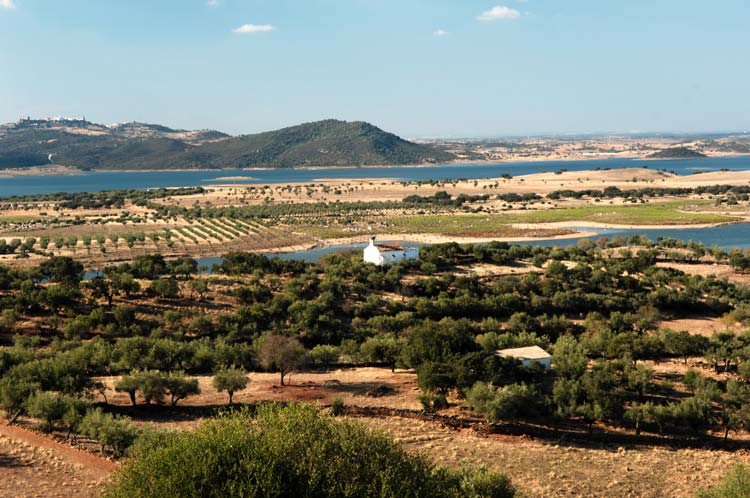



Nice photograph of the Castle in Campo Maior! But your photograph of a ‘typical Alentejan scene’ is actually the Chapel of St Sebastian on the edge of the Alqueva Reservoir, and this is the view as you walk down from the Castle of Mourao towards the Chapel! I have posted the same view on my blogsite where, I believe, the post on The Alentejo from Terena to Monsaraz gives additional ideas on this area in Portugal. I would love to do a post for you!